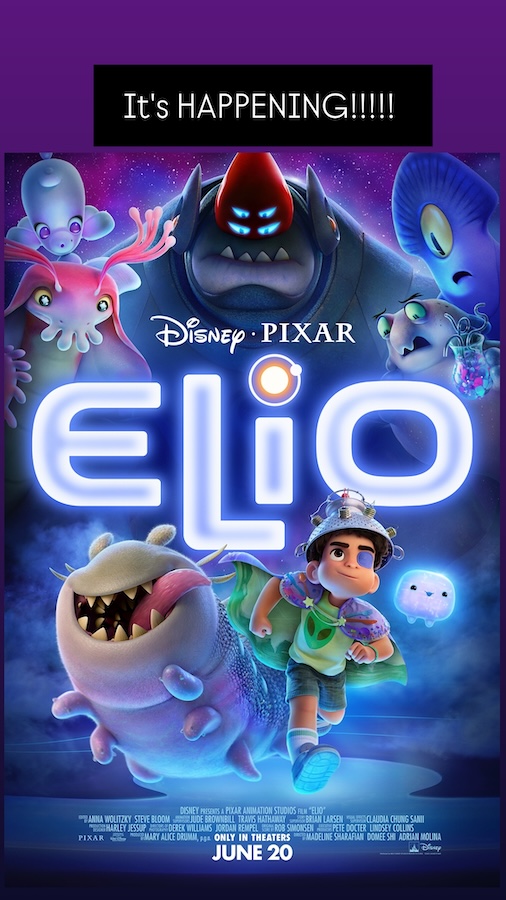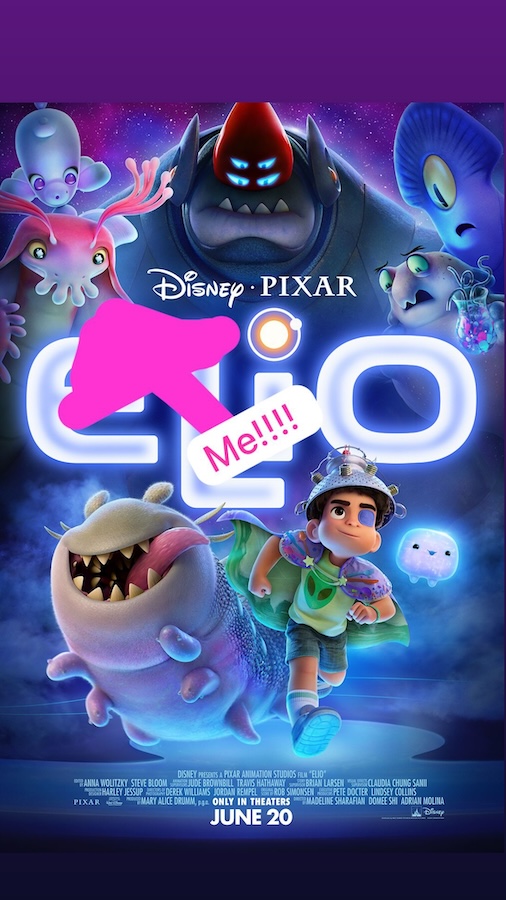ISLAMABAD: Art, music, delicious cuisine and clothing fascinated more than 300,000 visitors during Pakistan Week at Riyadh Season, the Pakistani embassy in Saudi Arabia said on Sunday, adding the event was “well received” by local and expatriate communities in the Saudi capital.
Pakistan Week activities were held at Al-Suwaidi Park, located in the heart of the Saudi capital, from October 30 till November 2 as part of the Global Harmony Initiative under Riyadh Season.
The event featured vibrant performances by Pakistani artistes, delicious food, clothing stalls, and the iconic truck art from the South Asian country, attracting diplomats, top entrepreneurs and community members from both nations.
“Pakistan Week was well received by local and expatriate community in Riyadh as over 300,000 people visited colorful activities and arenas,” the Pakistani embassy told Arab News, adding that performances by leading Pakistani singers, drum maestros and schoolchildren as well as puppet shows and handicrafts captivated audiences with the diversity of Pakistani culture.
“The [Al-Suwaidi] Park was filled with food stalls, truck art, a play zone for kids and a cultural parade, which was a highlight of the event.”
The participants described the event as a “unique and unforgettable experience” as it offered a delightful blend of music, sports and culture.
“For the overseas Pakistanis in Riyadh, Pakistan Cultural Week in Riyadh was not just an event, it was a homecoming as it was a chance to reconnect with their roots, to share their culture with their Saudi friends and other global communities and to create lasting memories with their families,” Waqar Naseem Wamiq, a Pakistani expatriate working as a trade manager in Riyadh, told Arab News.
He said the vibrant atmosphere and the “sea of people” transformed the venue into a buzzing hub of entertainment and cultural exchange, setting a new benchmark for future events.
“Over 130,000 enthusiastic fans gathered to enjoy the performances by [singers] Ali Zafar and Asim Azhar on days two and three of Pakistan Cultural Week,” he said, adding that the overwhelming response not only highlighted the immense popularity of the singers, but also underscored the significance of cultural events in bringing together communities and fostering a sense of unity and celebration.
He said the meticulous planning and execution of the event by the Saudi General Entertainment Authority and the Ministry of Media left a lasting impression on everyone.
“Attendees lauded the Saudi hosts for their warm hospitality and dedication to creating an inclusive and engaging atmosphere,” Wamiq added.
Ali Swati, who manages Traditional Taste Restaurant in Riyadh, said his stall at Pakistan Week featured ‘matka tea,’ ‘samosas,’ ‘biryani’ and other Pakistani dishes.
“Visitors loved these items so much that they placed numerous large orders for home delivery to be fulfilled after the festival,” he told Arab News.
Swati said Arab and other expatriate communities showed “great interest” in Pakistani food, appreciating its taste and diversity.
“It was a great opportunity for our business as it introduced our restaurant to many people and will help attract more customers to our outlet in Riyadh,” he said.
Another Pakistani expatriate, Muhammad Naveed, who works as an engineer in Riyadh, said the seamless blend of diverse cultural performances and activities not only entertained attendees, but also fostered a sense of unity and appreciation for the rich tapestry of cultures present.
“This exceptional effort by the Saudi hosts and organizers has set a new standard for cultural events, demonstrating their unwavering commitment to bringing joy and fostering community spirit,” Naveed told Arab News.
“The presence of celebrated cricketers, Shoaib Malik, Shadab Khan and Sarfraz Ahmed, added a touch of sporting excellence to the event as their participation not only boosted the spirits of the fans, but also highlighted the importance of sports in cultural celebrations.”
Besides the performances, he said, the week was full of a variety of cultural activities that showcased the rich heritage of Pakistan.
“From traditional dance performances to art exhibitions, every aspect of Pakistani culture was on display, providing a holistic cultural experience,” Naveed added.
The Kingdom recently launched the Global Harmony Initiative to celebrate the diverse nationalities and cultures of its residents by exploring their lives, contributions and cultural integration.
The initiative, a collaboration of the Kingdom’s General Entertainment Authority, Ministry of Media and the Quality of Life Program, has been featuring events that showcase cultures, cuisine and heritage of countries such as Pakistan, India, Malaysia, Indonesia and others.




























